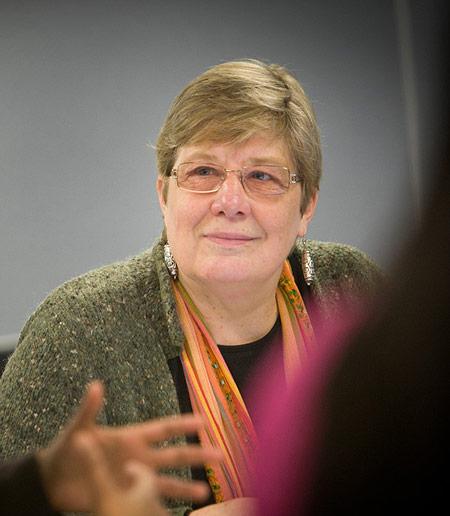
 Department Homepage
The College of Arts & Sciences
Department Homepage
The College of Arts & Sciences
Workshop explores ape and human communication
“Our goal is to open up a new space for intense conversation between humanists, social scientists, and scientists.”



